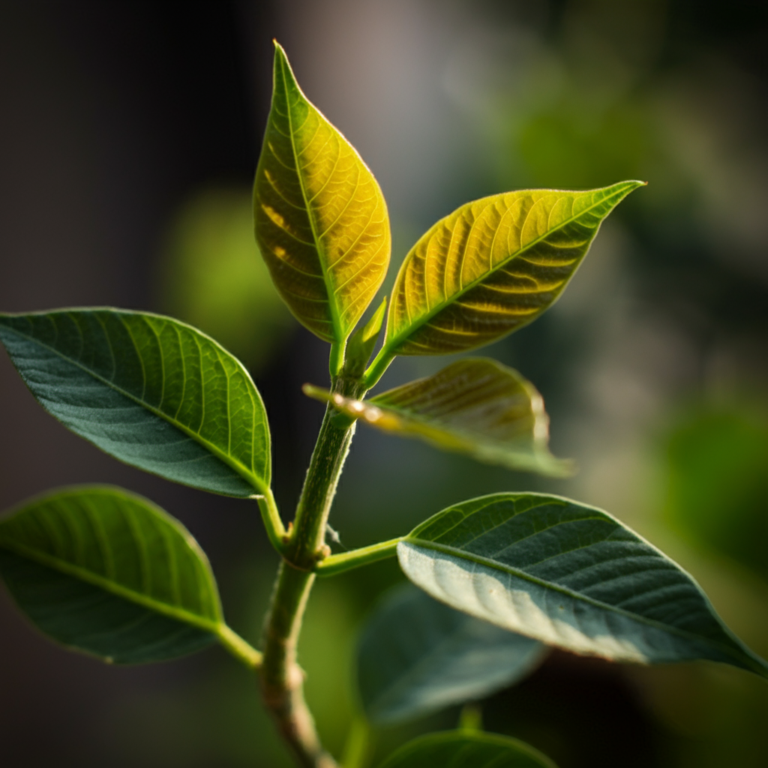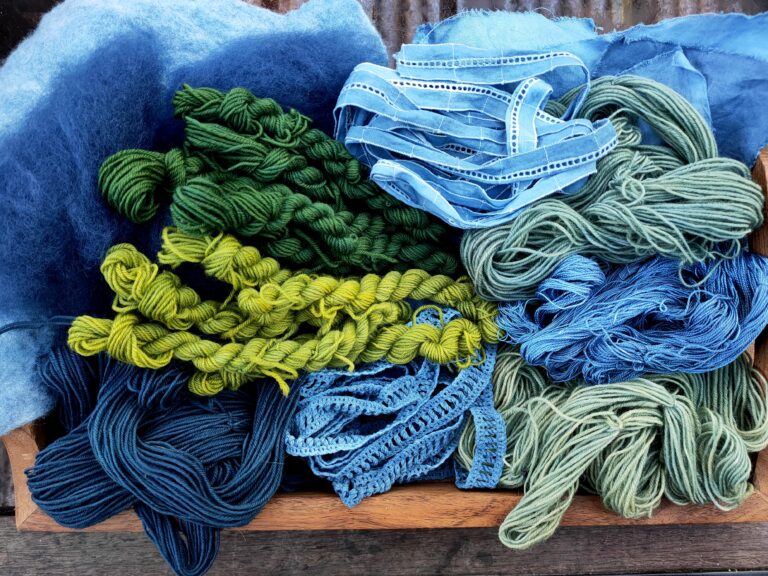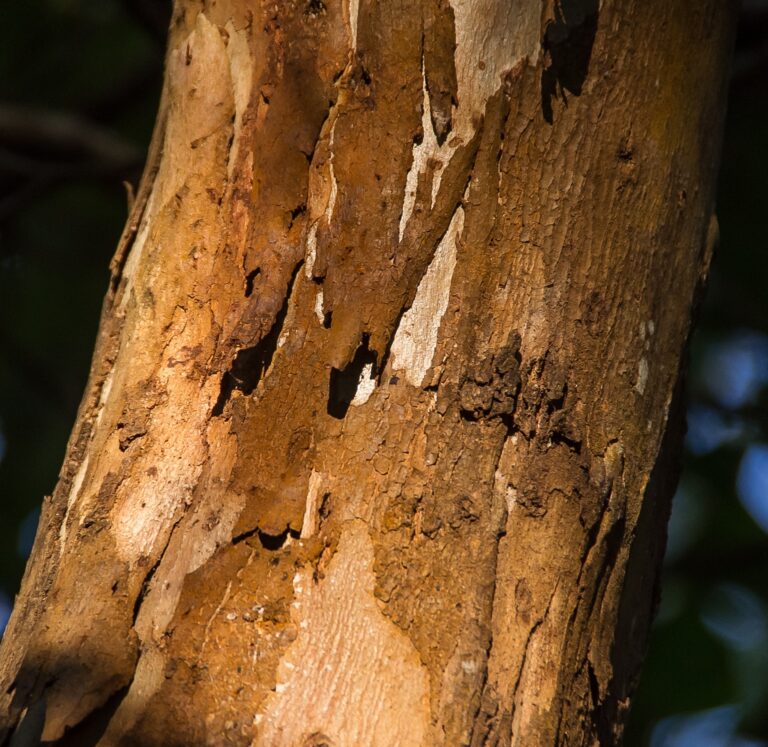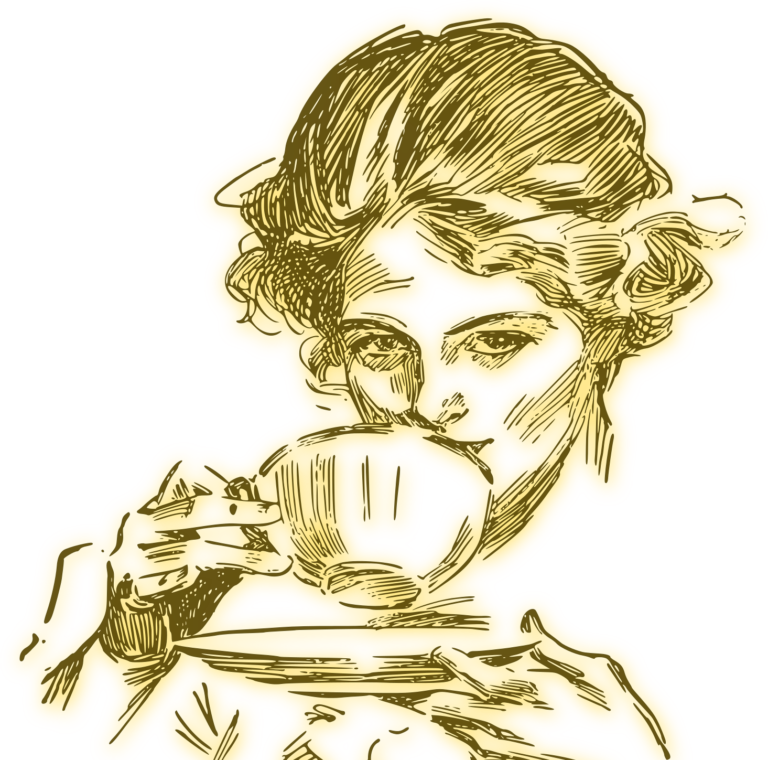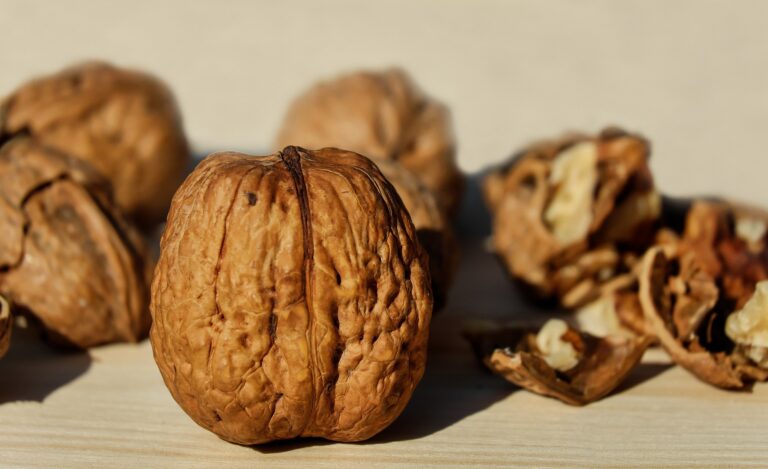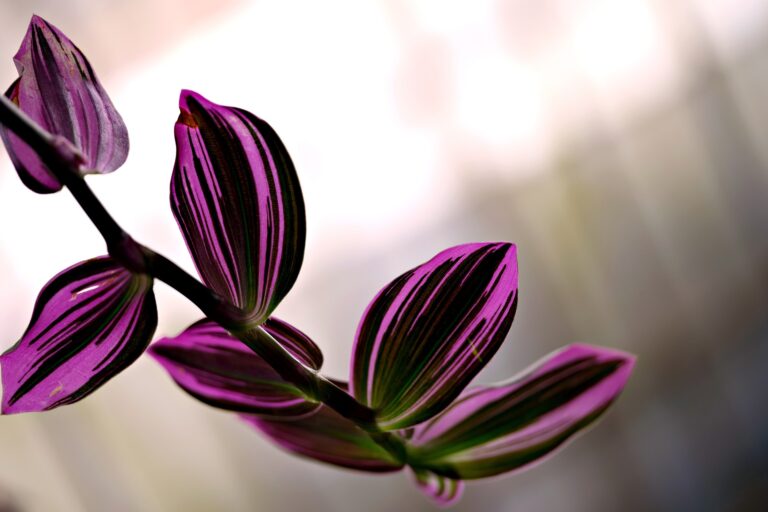Dyeing with Leucadendron for bright beautiful results

Dyeing with Leucadendron can give a bright and vivid addition to your current art and craft project
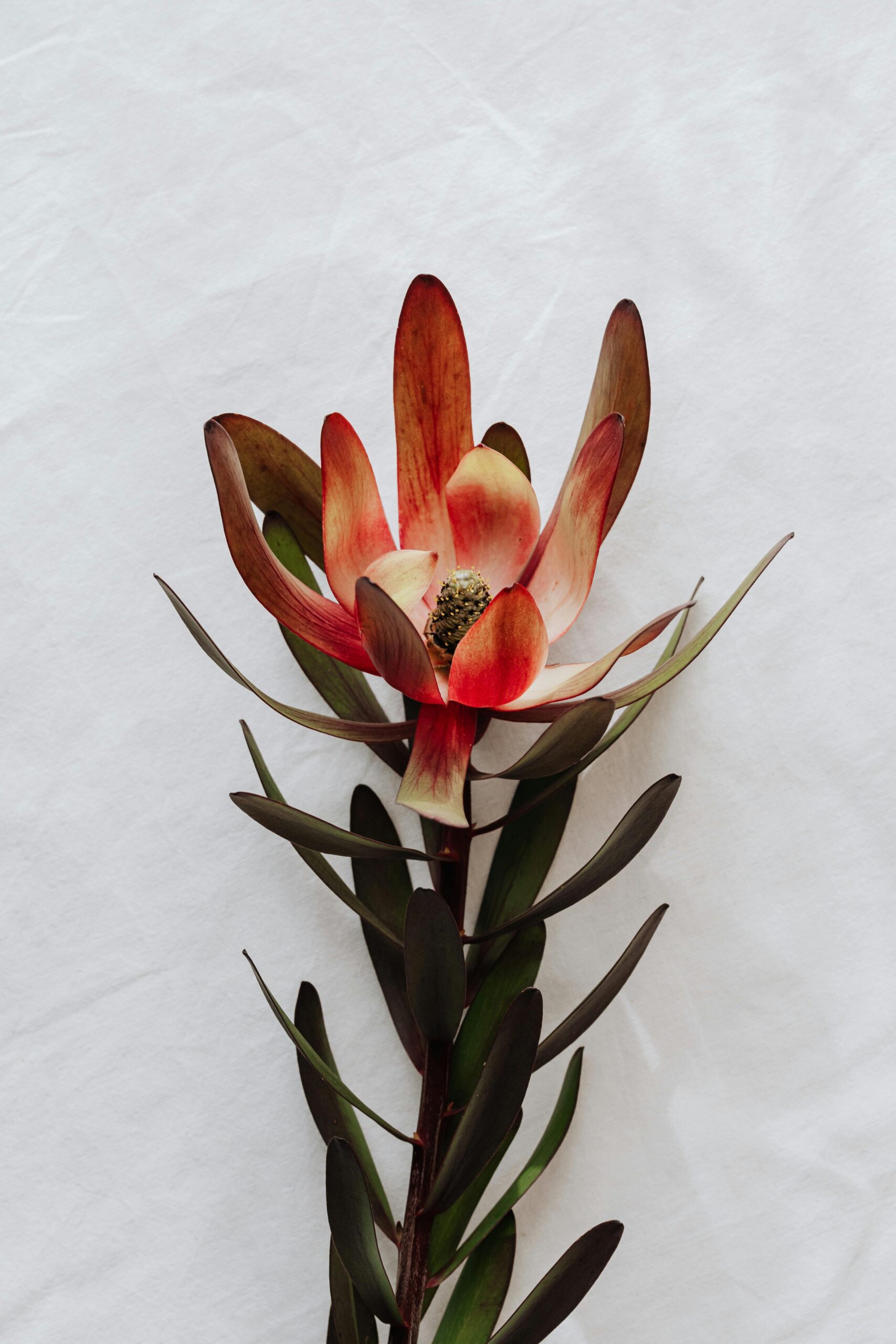
The Leucadendron
Ok! So this was another dried flower that was sitting in an arrangement that was looking a little old and tired. Time to see if it would produce any colour?
Solar Dyeing
With this experiment, as with most , I am going to use the process of solar dyeing.
This is basically putting your dyestuff in a glass jar and leaving it in the sun to work its magic. The beauty of living in Australia means that I do have the benefit of hot summers. If you don’t have these conditions, it does not mean you cannot try this process. You will just need to experiment with your own environments advantages and disadvantages. Leave it in a room that gets sunlight and may have great heating or try longer dyeing periods.
These experiments are only to show you what has and hasn’t worked for me, so you can pick through the information to start your own experimenting journey.
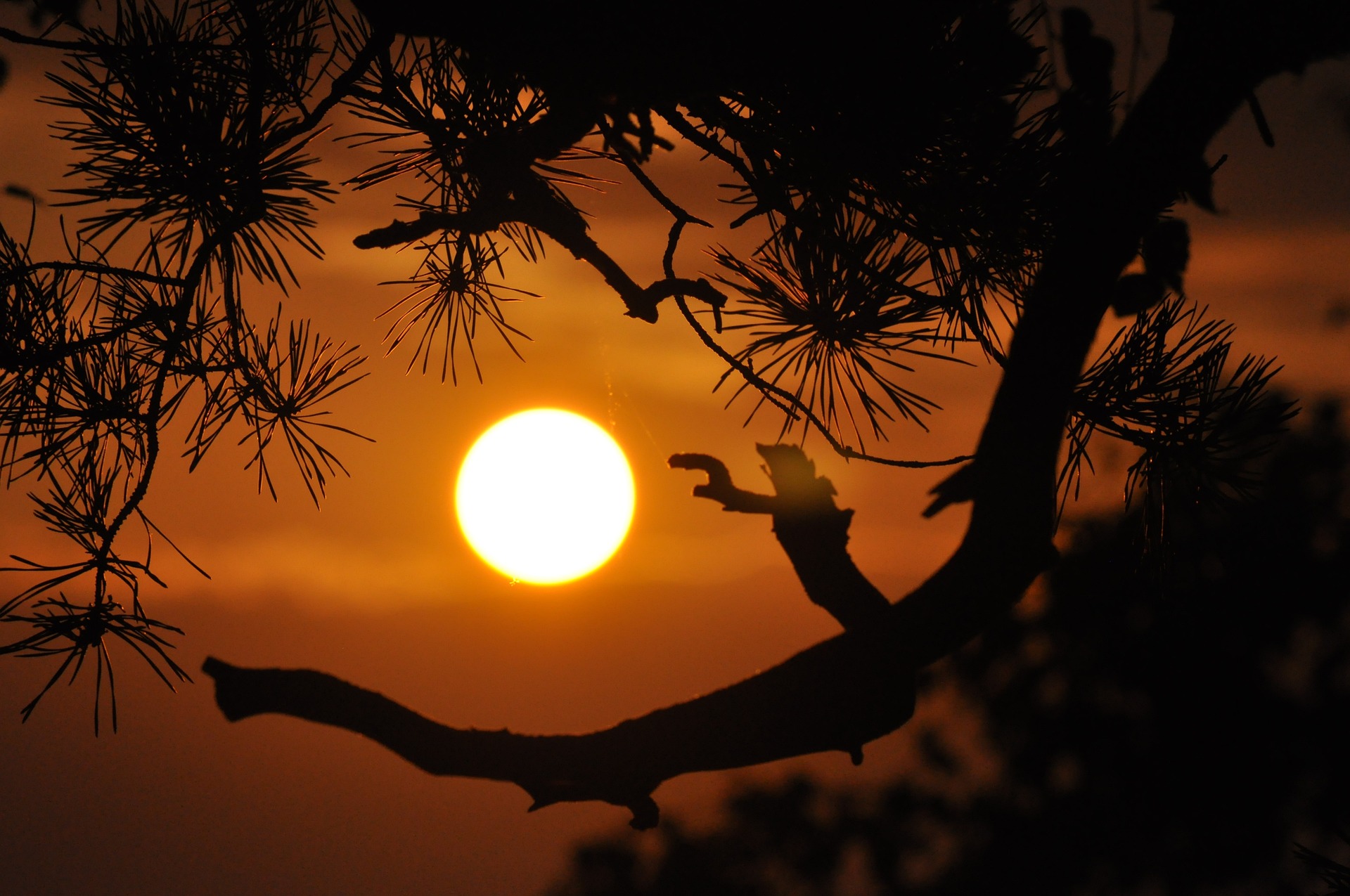
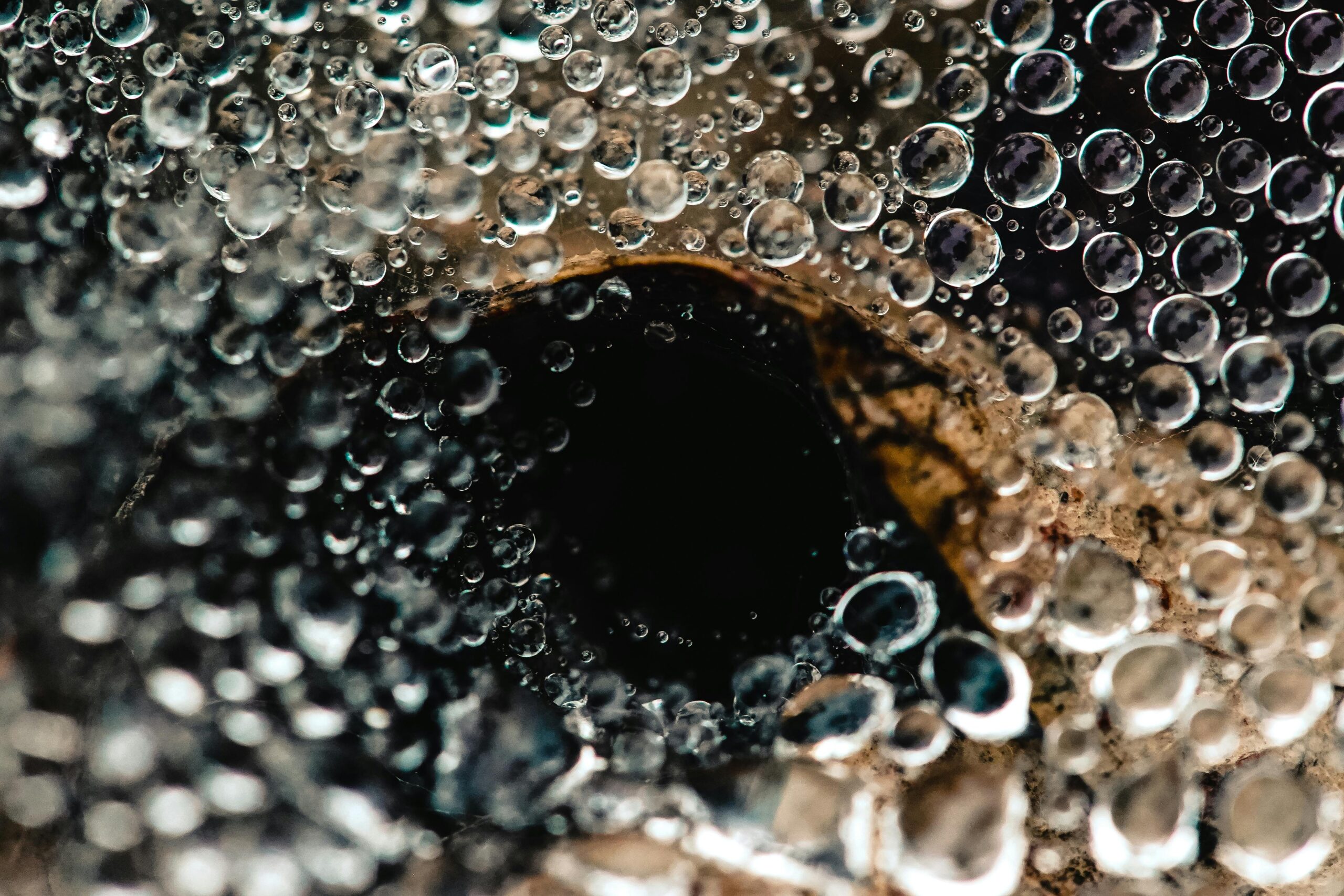
Fibre Preparation
Before dyeing you must first scour and mordant your fibre. For this particular experiment, my wool roving was mordanted in alum. For information on these processes, try this post.
What you will need
Boiling water
Flowers- I used dried flowers for this experiment
Wool Fibre- I have used 10g of merino roving for each experiment that was prescoured and mordanted with alum.
Bowls
Glass Jars
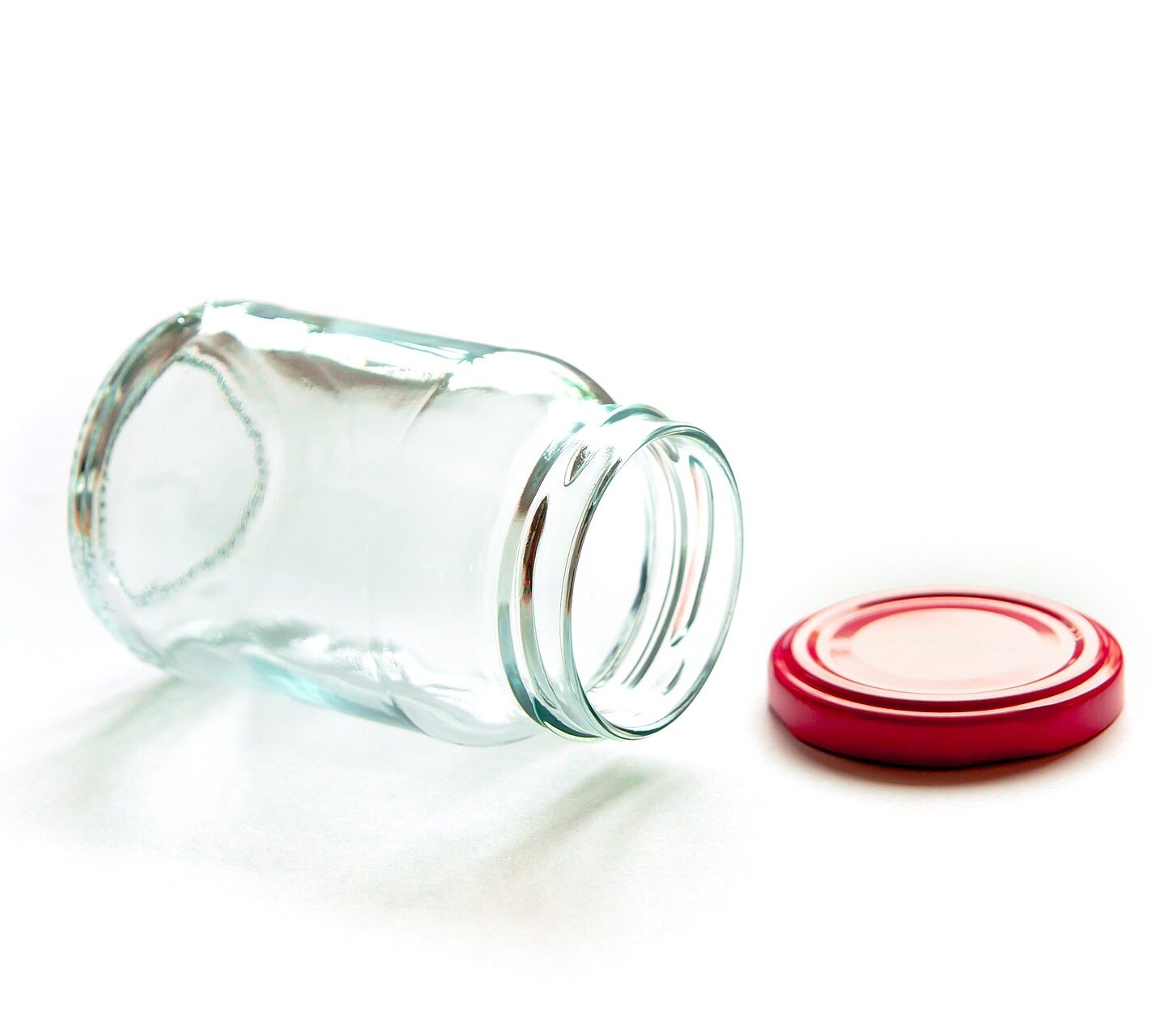
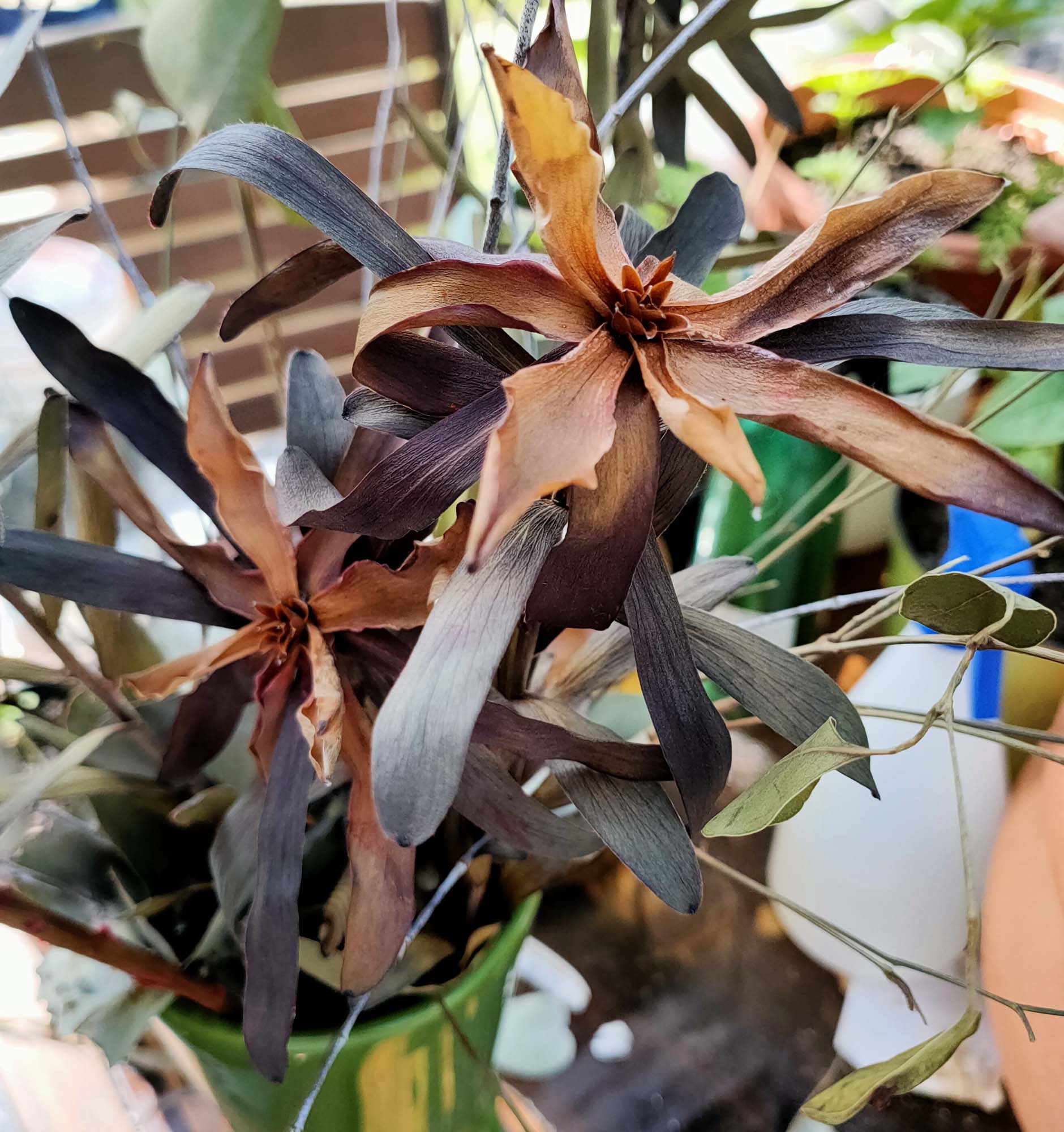
Procedure for dyeing with Leucadendron
Step 1: Place your dyestuff in a heat proof bowl and add boiling water
Step2: When cool enough, transfer into glass jars and leave outside. I left these for a week in the hot Australian summer sun.
Step 3: Add your fibre. Leave outside in the sun for 1 week. (It was summer in Australia, so was quite warm)
Step 4: Take your wool out of the jar and leave to dry completely without rinsing.
Step 5: Rinse in water baths until they are clear. As I was using roving I did not want to use running water to start it felting, so I used a few bowls of water. Always make sure you wool does not experience dramatic temperature changes. Make your water room temperature. Leave to dry
Results for dyeing with Leucadendron
For something I had no idea would produce colour I was really impressed with the result.
The lemon roving was turned into felt. I figured that the wet felting procedure would be a good indication of how well the dye stands up to washing. During this process the colour got even brighter and more vivid. This may have been due to alkaline conditions of the soap used during the felting process?
Then comes the sun test. The felt was then left on a window sill for 4 weeks in the hot Australian summer, to see if it would fade. (sun test is the last piece of felt in the line). The colour did dull a little but did not fade. In fact it left the colour a beautiful yellow that was still strong in colour but had a softness in the look of it. Ok I know this doesn’t quite make sense but if you give it a go yourself you’ll know exactly what I mean!
I hope this helps and encourages you to try your own experimenting in the world of natural dyes. 🙂
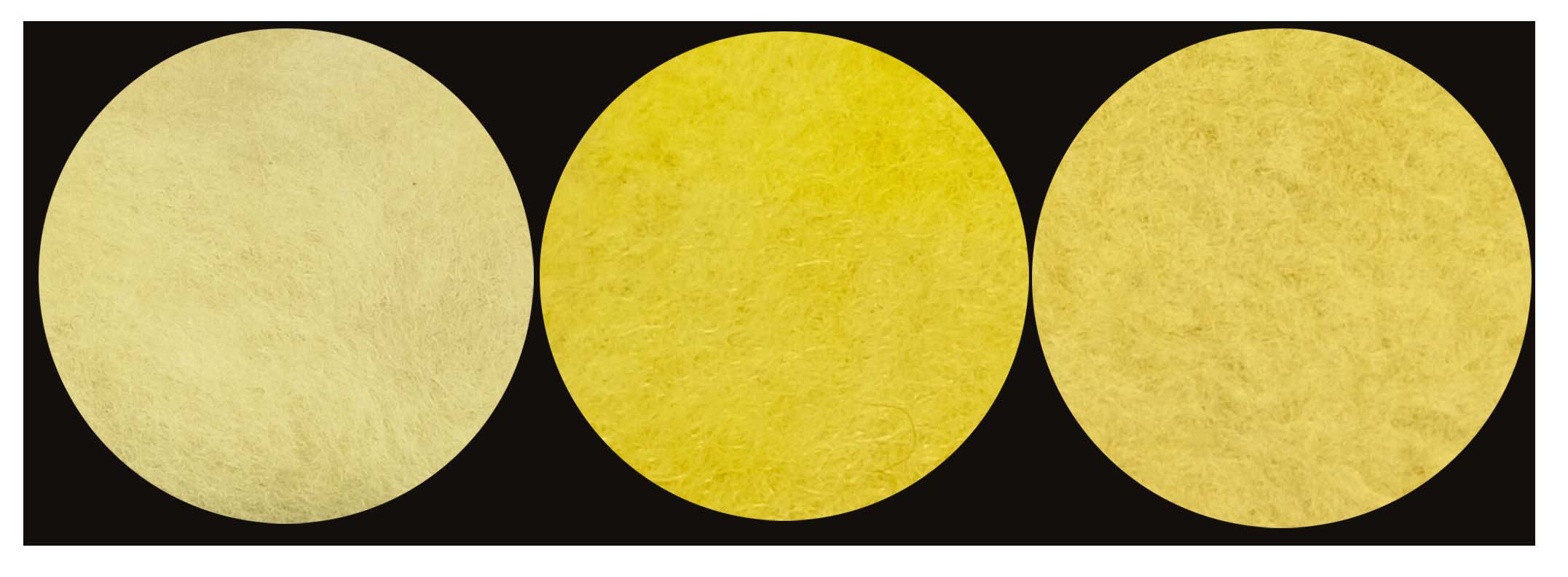
Join us on Instagram www.instagram.com/DyetoCraft
Etsy Shop Now open
If you like the idea of using organic naturally dyed threads in your craft but just don’t have the time, come and have a look at our Etsy Shop where you will find an array of beautiful colours provided by nature.

